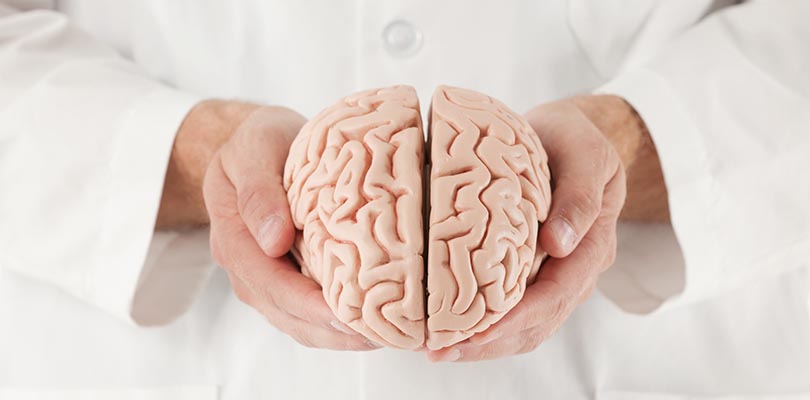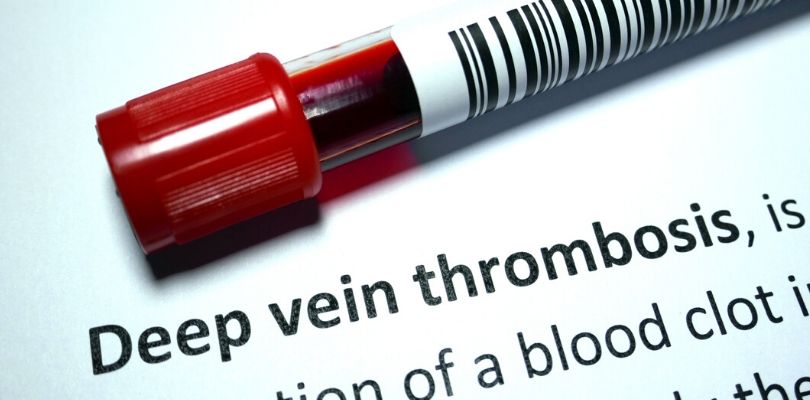Epilepsy Treatment Options to Know
Epilepsy is a serious medical condition that results in random, unprovoked frequent seizures that interfere with a wide array of mental and physical functions. This neurological disease affects over 3 million individuals in the U.S. and approximately 50 million people across the globe.
Although a cure for epilepsy doesn’t exist, there are treatment options that help to control symptoms, with medication often being used as a first-line treatment. The main goal of epilepsy treatment is to stop seizures with a minimal dose, of the least number of medications, and with minimal side effects. If you suffer from epilepsy, your doctor will assess your medical records and lifestyle before recommending treatment options.
It’s important to keep in mind that epilepsy treatment is individualized for each patient. What is effective for you may be ineffective for someone else. What’s more, some individuals may need to combine several epilepsy treatment options in order to get their symptoms under control.
This article will discuss five treatment options commonly recommended for epilepsy.
Anti-Epileptic Medications
Most individuals with epilepsy get rid of their seizures completely by taking an anti-epileptic medication, commonly called anti-seizure medication, while others may reduce the regularity and strength of their seizures by taking a blend of different medications. With over 20 different medications available to treat seizures, choosing the right one can be tricky.
Some of these medications have been in existence for several decades while others have recently been manufactured and approved. Additionally, each medication carries its own advantages and risks, and side effects and dosages differ from medication to medication. Information about seizure or anti-epileptic medication should be included on a medical ID bracelet or necklace for epilepsy.
Many children with epilepsy who no longer experience symptoms can stop medications and enjoy a seizure-free life. Adults with epilepsy that have been on medication for more than two years without experiencing seizures can stop taking medications. However, it’s crucial that you seek guidance from your doctor before discontinuing anti-seizure medications.
Below are some examples of anti-seizure medications:
- Valproic acid. An effective in the treatment of partial as well as generalized seizures, and is categorized as both monotherapy and adjunctive therapy. The former refers to the usage of a single medication to treat a disorder or disease, while the latter is a medication given in combination with the primary therapy.
- Lamotrigine. Serves as an adjunctive therapy for generalized seizures and partial seizures in patients aged two years and above.
- Topiramate. Acts as an adjunctive treatment for both adults and kids between the ages of 2 and 16 years. Topiramate sprinkle capsule or pills are specified as initial monotherapy for epileptic individuals aged 10 years and above.
- Carbamazepine. An effective anticonvulsant medication. It acts by minimizing polysynaptic responses and obstructing post-tetanic potentiation.
Epilepsy Surgery
When anti-seizure drugs fail to offer sufficient control over seizures, your doctor may recommend an epilepsy surgery. During the surgery, a surgeon takes out the area of your brain responsible for triggering seizures. Medical professionals always do surgery when tests confirm the following:
- A tiny, precise section of your brain is the source or cause of your seizures.
- The section of your brain to be taken out doesn’t affect important functions like speech, motor function, vision, speech, or hearing.
Prion diseases are a group of neurodegenerative diseases caused by prions, a protein that causes normal proteins in the brain to function abnormally.
While many people continue to depend on drugs to help keep seizures away after successful epilepsy surgery, they are often able to take fewer medications and lower their dosages. In rare cases, epilepsy surgery may lead to complications such as permanently changing your cognitive abilities.
The Ketogenic Diet
Some children with epilepsy have lowered their seizure by adhering to a strict diet consisting of high levels of fats and low levels of carbohydrates, otherwise known as a ketogenic diet.
After a couple of years, some children may discontinue the ketogenic diet, with the guidance of competent medical experts, and remain seizure-free.
A ketogenic diet has a few side effects, including constipation, reduced growth due to nutritional deficiency, and an accumulation of uric acid in the blood that can lead to kidney stones. However, when the diet is consumed properly and is medically supervised, these side effects are rare.
Deep Brain Stimulation (DBS) Therapy
Doctors recommend DBS therapy for individual’s whose epilepsy doesn’t respond to antiepileptic medication and who can’t undergo an epilepsy surgery to take out the area of the brain triggering the seizures.
Therefore, DBS therapy concentrates on reducing seizures rather than curing epilepsy. It involves inserting electrodes into definite parts of the brain and then using small steady electrical impulses to stimulate these parts.
Vagus Nerve Stimulation (VNS)
VNS is a medical procedure used for individuals with poorly controlled epilepsy. It is usually opted for when other epilepsy treatment options have failed to provide relief. The procedure involves stimulation of the vagus nerve using electrical devices by implanting a device.
Each side of the body consists of a single vagus nerve that runs from the brainstem to the neck, and eventually to the chest and abdomen. This nerve is attached to the brain and regulates muscles for coughing, speech, and the brain. It also controls feedback from the upper bowel, stomach, heart, and lungs to the brain. Since the left vagus nerve has minimal heart connections and mostly collects feedback from your body to the brain, it is a great choice for this procedure.
VNS has extra benefits for individuals with epilepsy who also have depression since it is also effective in treating depression that has failed to respond to ordinary therapies.
Conclusion
Although epilepsy is a lifetime condition, early detection and treatment can go a long way towards improving your quality of life. Strict adherence to the proper dosage of the right antiepileptic medication, coupled with a ketogenic diet, can be helpful in significantly reducing seizures or abolishing them altogether.
In some cases, your doctor may recommend more invasive therapies such as epilepsy surgery, deep brain stimulation or vagus nerve stimulation, if you fail to respond to more conservative treatment options.







